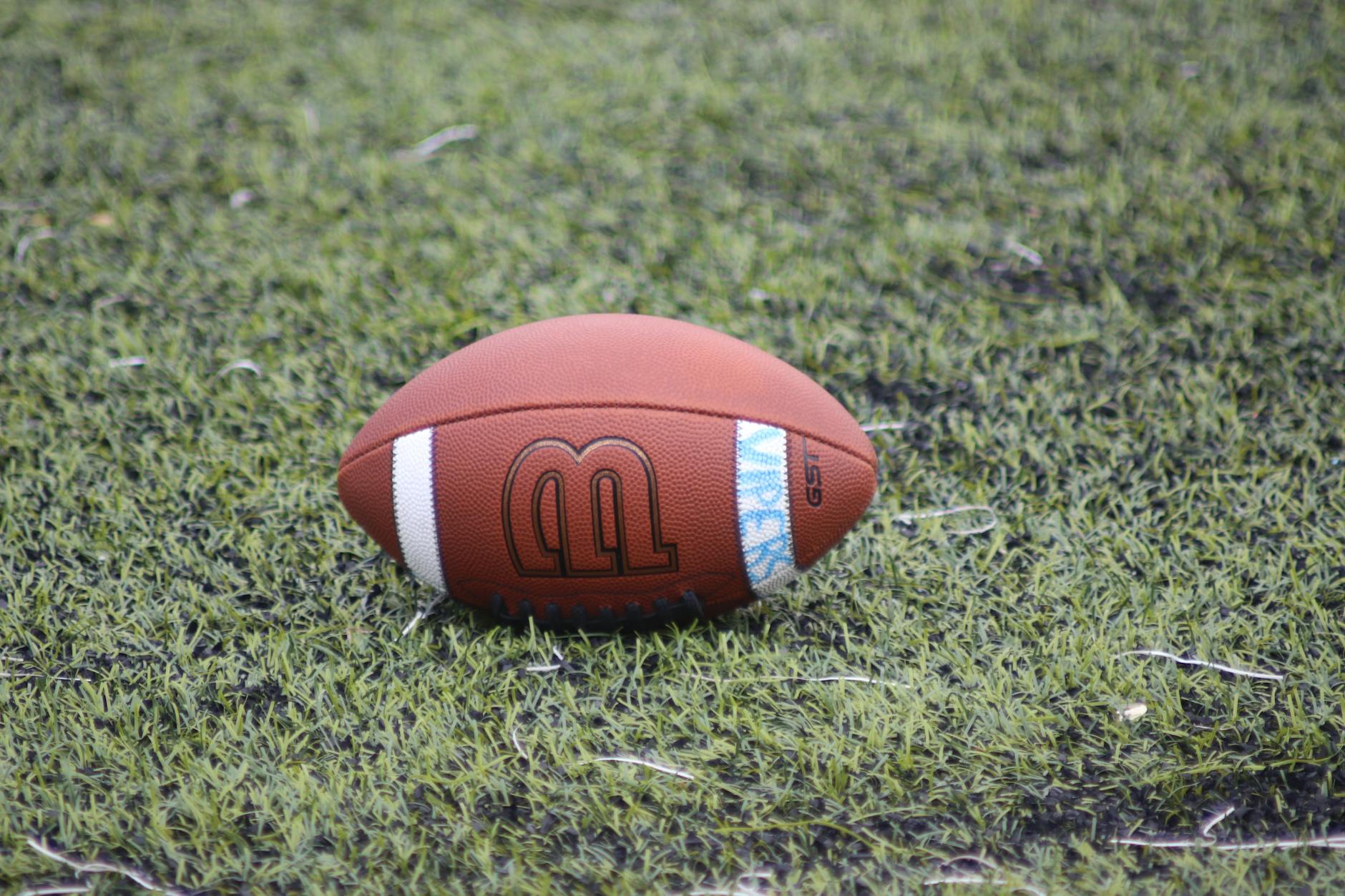Artificial Grass: Enhancing Performance for Sports Fields
When it comes to sports fields, the choice of surface can significantly impact players’ performance and safety. Artificial grass has emerged as a top contender for sports field surfaces due to its durability, versatility, and low maintenance requirements. This article delves into the benefits of artificial grass for sports fields and why it is considered the best option for enhancing performance.
The Benefits of Artificial Grass for Sports Fields
Artificial grass, also known as synthetic turf, offers a range of benefits that make it an ideal choice for sports fields. One of the key advantages of artificial grass is its durability. Unlike natural grass, which can become worn and damaged over time, artificial grass maintains its lush appearance and functionality even after heavy use. This durability ensures that sports fields remain in top condition, providing a consistent playing surface for athletes.
In addition to durability, artificial grass is highly versatile and can be customized to meet the specific needs of different sports. Whether it’s soccer, football, baseball, or tennis, artificial grass can be tailored to mimic the playing characteristics of natural grass for optimal performance. This versatility makes artificial grass suitable for a wide range of sports activities, allowing athletes to train and compete at their best.
Enhancing Performance with Artificial Grass Technology
Artificial grass technology has evolved rapidly in recent years, leading to significant improvements in performance and safety. Modern artificial grass systems are designed to offer enhanced shock absorption, traction, and ball roll characteristics, making them ideal for sports that require precision and speed. This advanced technology ensures that athletes can perform at their peak, without compromising on safety or comfort.
Moreover, artificial grass reduces the risk of injuries commonly associated with natural grass fields, such as uneven surfaces, divots, and mud patches. The consistent and level playing surface of artificial grass minimizes the likelihood of slips, trips, and falls, providing athletes with a safe environment to train and compete. This enhanced safety factor is crucial for sports fields, especially in high-impact sports where player protection is paramount.
Low Maintenance and Cost-Effectiveness of Artificial Grass
Another compelling advantage of artificial grass for sports fields is its low maintenance requirements. Unlike natural grass, which requires regular watering, mowing, and fertilizing, artificial grass is virtually maintenance-free. This saves both time and resources for sports field managers, allowing them to focus on optimizing playing conditions rather than upkeep tasks.
Additionally, while the initial cost of installing artificial grass may be higher than natural grass, the long-term cost-effectiveness of artificial grass cannot be overlooked. With minimal maintenance and durable performance, artificial grass proves to be a smart investment for sports facilities looking to reduce operational costs and maximize the lifespan of their playing surfaces.
Conclusion
In conclusion, artificial grass offers unparalleled performance benefits for sports fields, making it the preferred choice for athletes, coaches, and facility managers alike. From enhanced durability and versatility to advanced technology and safety features, artificial grass continues to set the standard for sports field surfaces. With its low maintenance requirements and cost-effectiveness, artificial grass is a sustainable solution that ensures optimal playing conditions for athletes of all levels.


